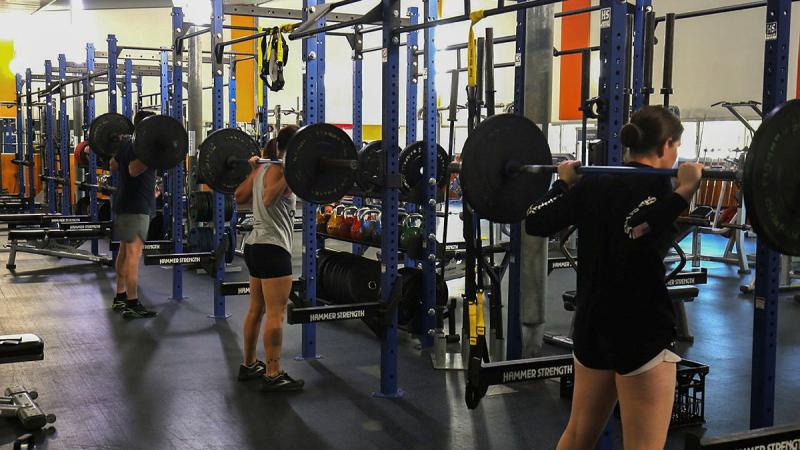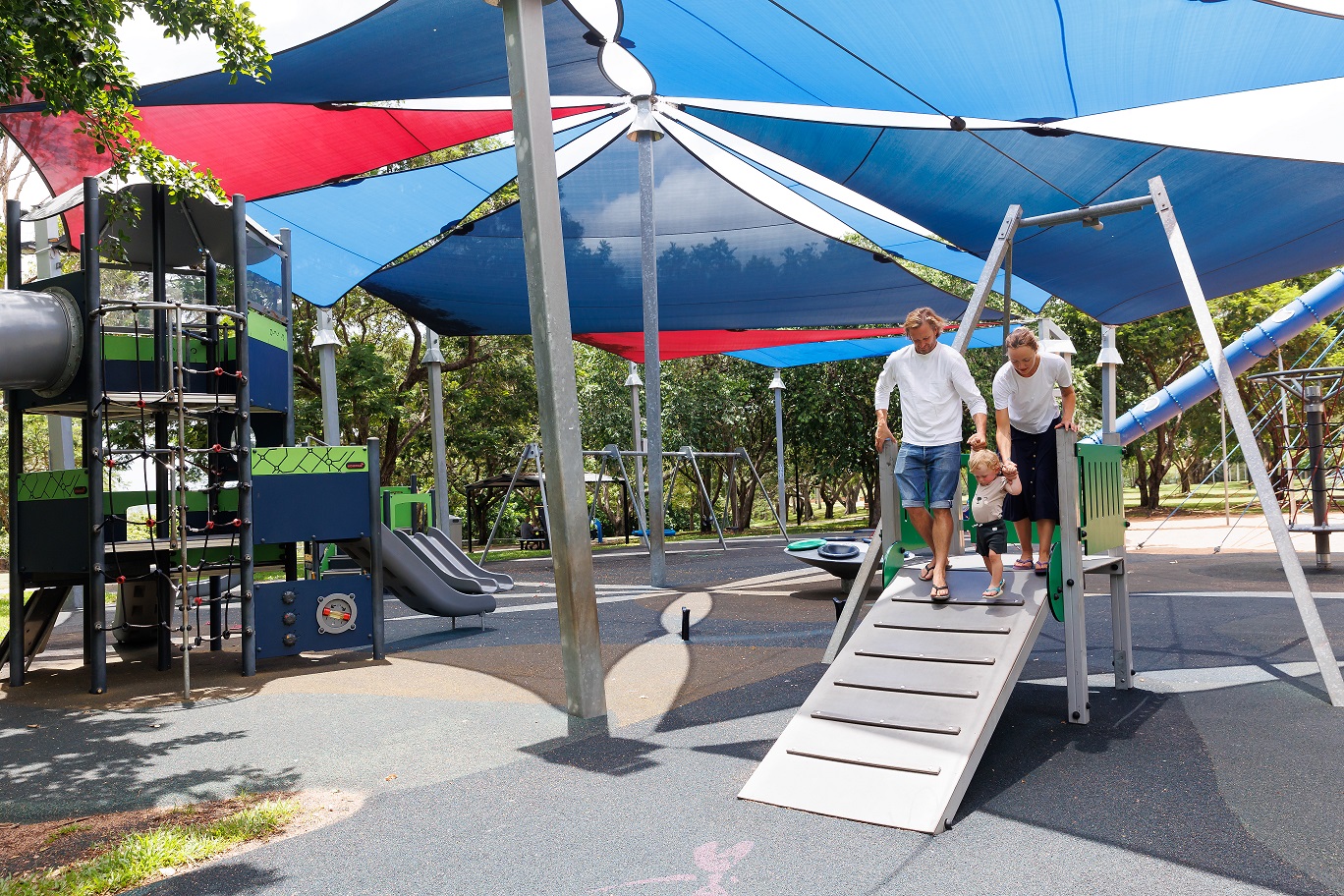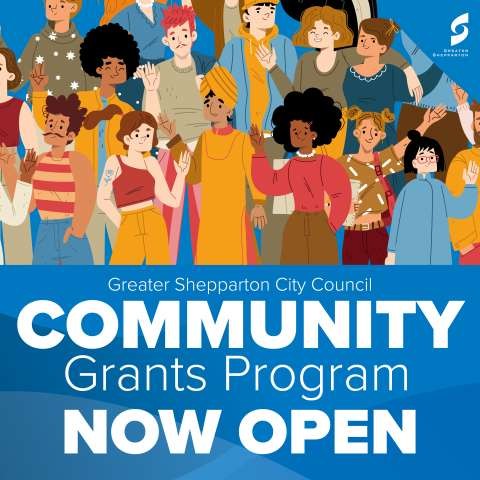Good morning, everyone. It’s great to be here with you all.
I’d like to begin by acknowledging the traditional owners of the land on which we meet, the Gadigal people of the Eora nation, and pay my respects to elders past and present.
I extend this acknowledgement to all First Nations people joining us here today.
I’d like to acknowledge those in attendance who have experienced homelessness and family, domestic and sexual violence, and acknowledge the sector professionals and frontline service providers here today also.
Thank you KPMG for hosting today’s launch and welcome to the fantastic speakers and panellists who we will hear from today.
Thank you to Community Housing Industry Association (CHIA) for the work you do in representing the community housing sector. Your advocacy for social and affordable housing is crucial to progressing our shared goal of making housing more accessible and affordable to Australians at risk of, or experiencing, homelessness.
You’re a leading advocate and representative of the sector and your work within this space continues to bring about real change.
Our shared commitment to ending gender-based violence and improving accessibility to safe, affordable and sustainable housing, is what brings us here today.
Today we’re here to officially launch CHIA’s Domestic and Family Violence Standards and Toolkit (DFV Standards and Toolkit) – a sector-led better practice initiative.
The DFV Standards and Toolkit will assist the community housing sector to better identify and support tenants who are victim-survivors of gender-based violence.
We know that domestic and family violence is the main reason women and children leave their homes in Australia and is the leading cause of homelessness for children.
Data from the Australian Institute of Health and Welfare shows that in 2022-23, 38 per cent of people seeking support from Specialist Homelessness Services had experienced domestic and family violence – 75 per cent of whom were female.
In developing the DFV Standards, the community housing sector recognised how well-placed they were to identify and support tenants experiencing gender-based violence.
The Toolkit that has also been developed provides practical guidance to help community housing organisations to put these DFV Standards into practice within their organisations.
The ‘gold standard’ adoption of the Standards are whole-of-organisation services that have a victim-survivor focus, are inclusive, and demonstrate collaborative service delivery models that highlight partnership, and integrate housing and support services to deliver effective responses.
While we work to address both homelessness and gender-based violence nationally, through long-term systematic effort across governments and community, it’s crucial that we do what we can immediately to ensure that women and children experiencing gender-based violence have access to safe and secure housing.
The launch of CHIA’s Standards and Toolkit brings us closer to that goal.
It’s vital that Australians have access to secure and affordable housing. We know the profound social, economic, and personal benefits this has on individuals and communities.
Through the development of the National Housing and Homelessness Plan, actions under Safe and Supported: the National Framework for Protecting Australia’s Children 2021-31, and the National Plan to End Violence against Women and Children 2022-32, we are actively working to support women and children leaving their homes due to gender-based violence. This including through access to immediate supports, such as emergency accommodation.
We are committed to continuing to develop and implement an ambitious housing and homeless reform agenda.
The Albanese Government is bringing national leadership and a strong focus on social and affordable housing through initiatives such as the $10 billion Housing Australia Future Fund.
In last week’s Budget, the Albanese Government supported $1 billion in funding under the National Housing Infrastructure Facility directed towards crisis and transitional accommodation for women and children fleeing domestic violence and for young people.
$1 billion to get homes built sooner, with funding for states and territories to build the roads, sewers, energy, water and community infrastructure that we need for new homes and additional social housing supply.
A new $9.3 billion 5-year National Agreement on Social Housing and Homelessness for states and territories to combat homelessness, provide crisis support and build and repair social housing. This includes a doubling of the Commonwealth homelessness funding component to $400 million every year, matched by states and territories.
And, $925.2 million to establish the permanent Leaving Violence Program to support victim-survivors of intimate partner violence with financial support of up to $5,000 as well as risk assessments, safety planning and referral services.
The Albanese Government will also deliver an additional 720 Safe Places under the Safe Places Emergency Accommodation Program, which funds the renovation, building and purchase of new crisis accommodation.
Safe Places assist more than 2800 women and children each year fleeing domestic and family violence.
Funding in last week’s Budget brings the Labor Government’s total investment in supporting women’s safety to over $3.4 billion and our total investment in new housing initiatives to $32 billion.
Our goal, one I know everyone here shares, is to end violence against women and children in one generation.
To do this, we must ensure that women and children escaping violence have access to safe and secure housing, both immediately and longer-term.
We all have a role to play – ending violence requires sustained, collective action across all parts of society to prevent and respond.
Thank you to Community Housing Industry Association for inviting me to speak and for all the work you do.
I look forward to the conversations today and everyone’s continued action in this space.








